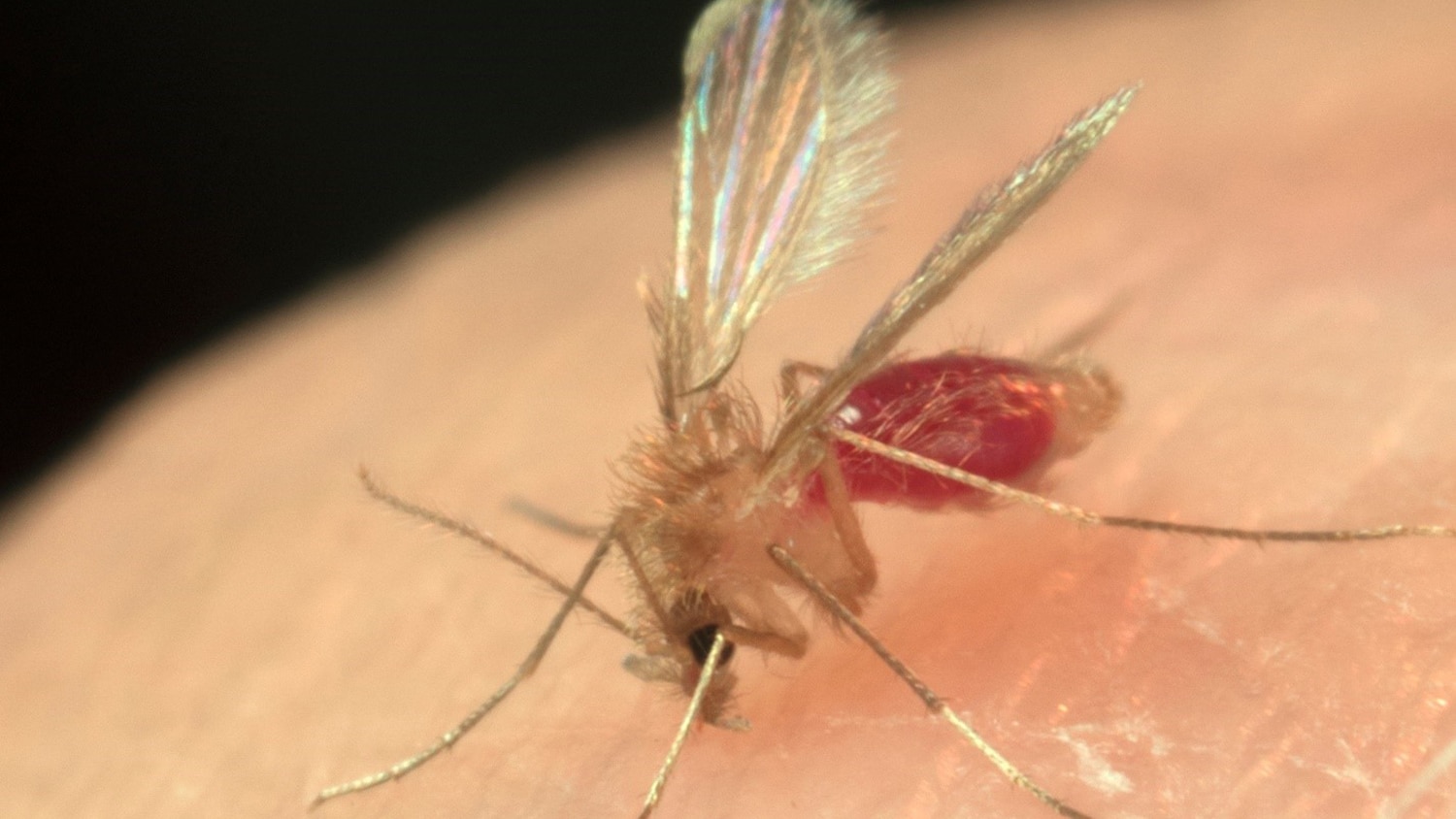Surprising Sand Fly Find Yields New Species of Bacteria

Researchers at North Carolina State University and the University of North Carolina Greensboro made a surprising finding while examining areas where sand flies rear their young: a new species of bacteria that is highly attractive to pregnant, or gravid, sand flies. The findings could advance the production of ecologically safe baits or traps to reduce sand fly populations.
Sand flies are vectors for important parasitic diseases affecting people in tropical and subtropical regions in Asia, Africa and the Middle East. One of those diseases is Leishmaniasis, which generally causes sores and skin ulcers but in some cases can detrimentally affect internal organs.
“Sand flies live in sheltered places such as animal burrows, caves, and rock or tree crevices, so it’s difficult to reach them with insecticides,” said Loganathan Ponnusamy, principal research scholar in NC State’s Department of Entomology and Plant Pathology and the corresponding author of a paper describing the research. “If you’re able to attract sand flies with a chemical that attracts them in nature, you’re better able to target and kill them.”
The research team, which included researchers from Gideon Wasserberg’s lab at the University of North Carolina Greensboro, cultured a number of different bacterial species from the sand fly larval rearing area and found one that hadn’t yet been identified: Sphingobacterium phlebotomi, a new member of the family of bacteria known as Sphingobacteriaceae.
To prove that the bacterium hadn’t already been identified, Madhavi Kakumanu, an NC State research scholar, performed a number of tests – including scanning electron microscopy, chemical analysis and whole genome sequencing – and showed the bacterium’s novelty.
“We were culturing and isolating a lot of different bacteria and found this new one almost by accident,” Kakumanu, the paper’s first author, said.
Bahjat Fadi Marayati, a graduate student in Wasserberg’s lab, conducted attraction tests and demonstrated that this new bacteria species produces volatile chemicals that were attractive to pregnant sand flies.
Pregnant sand flies preferred the smell of the new bacterium over other chemical compounds presented during testing, Ponnusamy said, showing that the bacterium acted as a beacon for an appropriate place for females to lay eggs.
Ponnusamy says further testing will be done to narrow down even further the chemical compounds that attract sand flies.
The paper describing the new bacterium – and presenting a name for it – appears in the International Journal of Systematic and Evolutionary Microbiology.
The paper is co-authored by NC State entomologists Ayako Wada-Katsumata, Coby Schal and Charles S. Apperson, as well as by Marayati and Wasserberg from the University of North Carolina Greensboro. Support for the work was provided by the National Institute of Allergy and Infectious Diseases under NIH grant 1R01AI123327-01 and the North Carolina Biotechnology Center under Multidisciplinary Research Grant number 1104.
-kulikowski –
Note to editors: An abstract of the paper follows.
Sphingobacterium phlebotomi sp. nov., a new member of family Sphingobacteriaceae isolated from sand fly rearing substrate
Authors: Madhavi L. Kakumanu, Ayako Wada-Katsumata, Coby Schal, Charles S. Apperson, and Loganathan Ponnusamy, North Carolina State University; Bahjat Fadi Marayati and Gideon Wasserberg, University of North Carolina Greensboro
Published: May 6 in International Journal of Systematic and Evolutionary Microbiology
DOI: 10.1099/ijsem.0.004809
Abstract: A Gram-stain-negative, rod-shaped, non-motile, non-spore-forming, aerobic bacterium, designated type strain SSI9T, was isolated from sand fly (Phlebotomus papatasi Scopoli; Diptera: Psychodidae) rearing substrate and subjected to polyphasic taxonomic analysis. Strain SSI9T contained phosphatidylethanolamine as a major polar lipid, MK-7 as the predominant quinone, and C16:1 ?6c/C16:1 ?7c, iso-C15:0, iso-C17:0 3-OH and C16:0 as the major cellular fatty acids. Phylogenetic analysis based on 16S rRNA gene sequences revealed that strain SSI9T belongs to the genus Sphingobacterium, of family Sphingobacteriaceae sharing 96.5–88.0 % sequence similarity with other Sphingobacterium species. Multilocus sequence analysis using the concatenated sequences of the housekeeping genes recA, rplC and groL showed that the strain SSI9T formed a separate branch in the genus Sphingobacterium. The genome of the type strain SSI9T is 5197142 bp with a G+C content of 41.8 mol% and encodes 4395 predicted coding sequences, 49 tRNAs, and 3 complete rRNAs and 2 partial rRNAs. Strain SSI9T could be distinguished from other species of the genus Sphingobacterium with valid published names by several phenotypic, chemotaxonomic, and genomic characteristics. Based on this polyphasic taxonomic analysis, the bacterial isolate represents a novel species within the genus Sphingobacterium, for which the name Sphingobacterium phlebotomi sp. nov. is proposed. The type strain is SSI9T (=ATCC TSD-210T = LMG 31664T = NRRL B-65603T).


